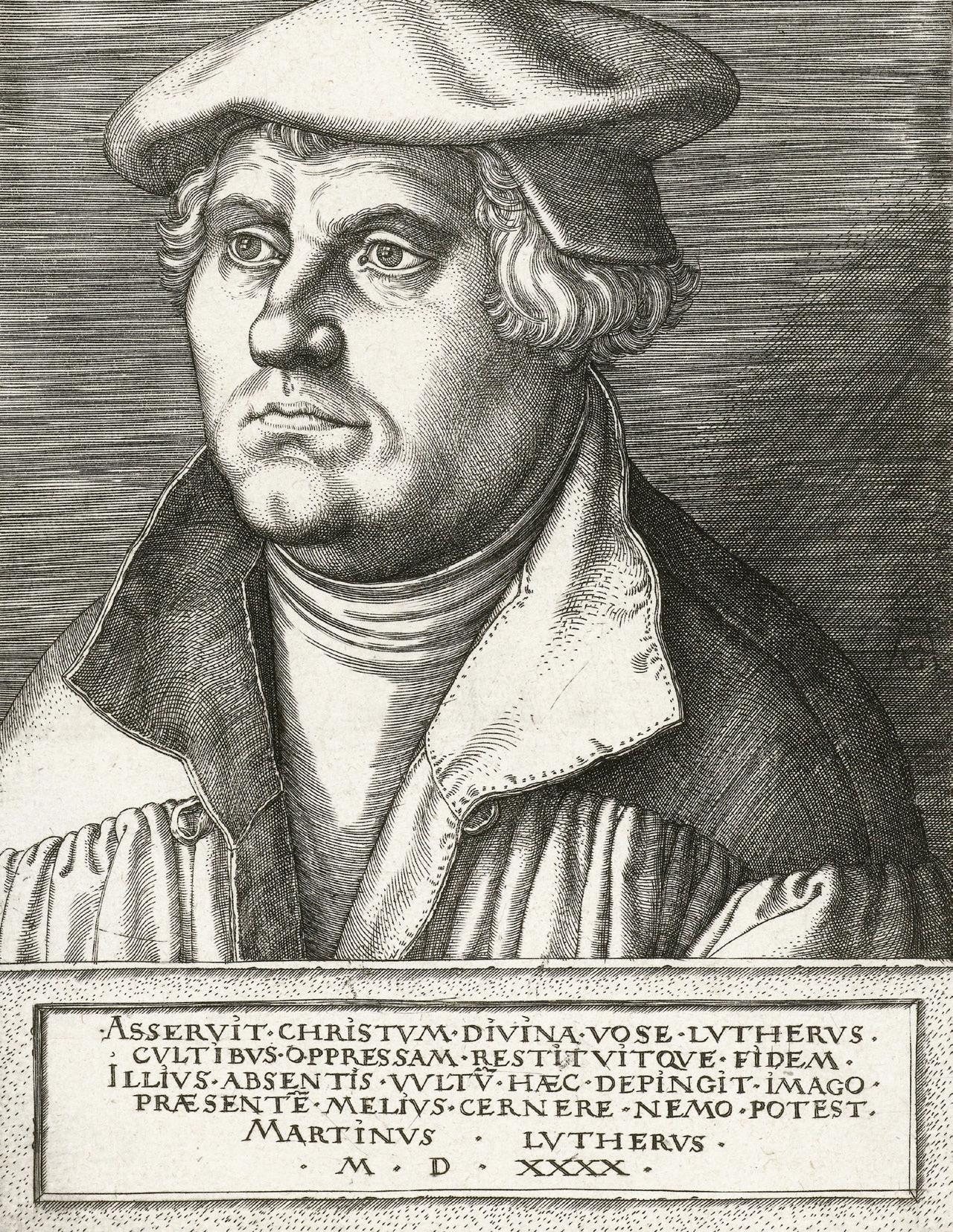
4 minute read
Smalcald Articles
from November 2020
By Pastor Phill Hooper
Nestled somewhere between the Augsburg Confession and the Formula of Concord is a lesser-known Reformation gem: the Smalcald (sometimes Schmalkald) Articles, a testimony to the life-and-death struggles accompanying the Reformation, and Martin Luther’s spiritual bequest to those who had followed him.
By 1531, the Reformation was well under way. Those in Protestant territories feared that armies from Catholic territories would attack them in order to squash the Reformation. At the town of Schmalkalden, Germany, leaders from several Protestant territories met and established a mutual-protection pact, to mediate this risk. Known as the Schmalkaldic League, it had some early success as a deterrent.
In 1536, Pope Paul III called for a general council of the Roman Catholic Church in Mantua, Italy, in part to deal with the Reformation. Expecting discussions to arise at this church council, elector John Frederick I of Saxony asked a group of theologians headed by Martin Luther to write up a review of which doctrinal issues were non-negotiable and which might have room for discussion. Luther, at the time in declining health and believed to be dying, meant it also as his spiritual last will and testament for his followers. The result was a searching look at what was fundamentally most important and central to the faith: the list of things to live and die for, spearheaded by a man who felt that this was the last chance to get it right.
Luther’s write-up, the Smalcald Articles, was presented to the League, but the League decided to use the Augsburg Confession in any official dealings with the church council. Several theologians personally endorsed it, though. In the succeeding decades, the Articles were used confessionally by a number of Lutheran territories and were included in the Book of Concord.
Structurally, the Articles break into three sections. The first briefly outlines Trinitarian doctrine; its brevity is because this was something that both the Lutherans and Catholics agreed on. The second section is considerably longer, and contains what Luther believed was absolutely non-negotiable: chiefly, the doctrine of justification— people are saved by faith in the atoning death of Jesus alone. It also calls for rejecting several Roman Catholic practices and teachings because they contradicted the doctrine of justification. The second section also maintains that Jesus, not the pope, is head of the Church. Christ’s commands to the Church matter; the pope’s do not. The third section itemizes subjects that the Lutherans were willing to discuss—such as sin, the law, true repentance, the sacraments, etc.—but also spells out the Lutheran positions.
There aren’t many topics covered in the Articles that aren’t found elsewhere in the confessions—often, the other confessional documents go more in-depth. This actually is a benefit to the Smalcald Articles: some people find the longer, more technical confessional documents to be intimidating. They may find the shorter discussions in the Articles to be a good way to begin a look at the confessions. Bible studies could also benefit from looking at the Articles, as much of it is in sections that are short enough to be discussed in individual meetings. As a great entry point to the confessions, the Smalcald Articles has much to offer.
Its brevity and concise nature are not, however, what makes it most significant to the Church. The Smalcald Articles do an exceptional job of reminding us that a few core doctrines are most vital to the Church and that all other Church activities need to be weighed by how well they are in keeping with them. The Articles uphold Jesus as head of His Church, and therefore His Word is the deciding judge as to whether Church practices should be allowed, encouraged, or insisted upon. This needs to be kept in view as the Church tries to deal with what should and should not change with the times.
More important, however, is the Smalcald Articles’ insistence that redemption from sin happens entirely by the work of Jesus Christ dying for our sins. This forgiveness is received by faith and cannot be “obtained or grasped” with any additional “work, law, or merit.” This is the gospel, which the world needs but often doesn’t want to hear, and the church often gets tempted to downplay it or change the subject. The Smalcald Articles provides a reminder and a warning: “On this article stands all that we teach and practice against the pope, the devil, and the world. Therefore we must be quite certain and have no doubt about it. Otherwise everything is lost, and the pope and the devil and whatever opposes us will gain victory and be proved right.”
The authority of the Word and the exclusive truth of the gospel are indeed non-negotiable, and the Smalcald Articles are a brief, direct, shining reminder of this critical, timeless truth. Apart from these, all religious activity, meetings, or topical studies ultimately end in ruin.
Hooper, who serves St. John Free Lutheran, Duluth, Minn., is part-time faculty at the Free Lutheran Bible College, Plymouth, Minn. “Portrait of Martin Luther” engraving by Heinrich Aldegrever (1540).






